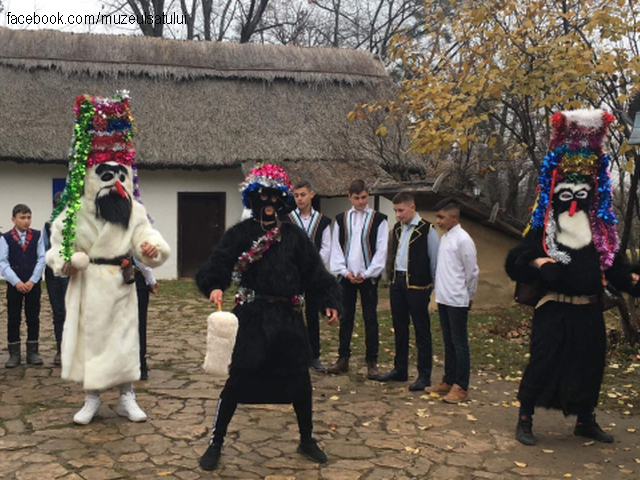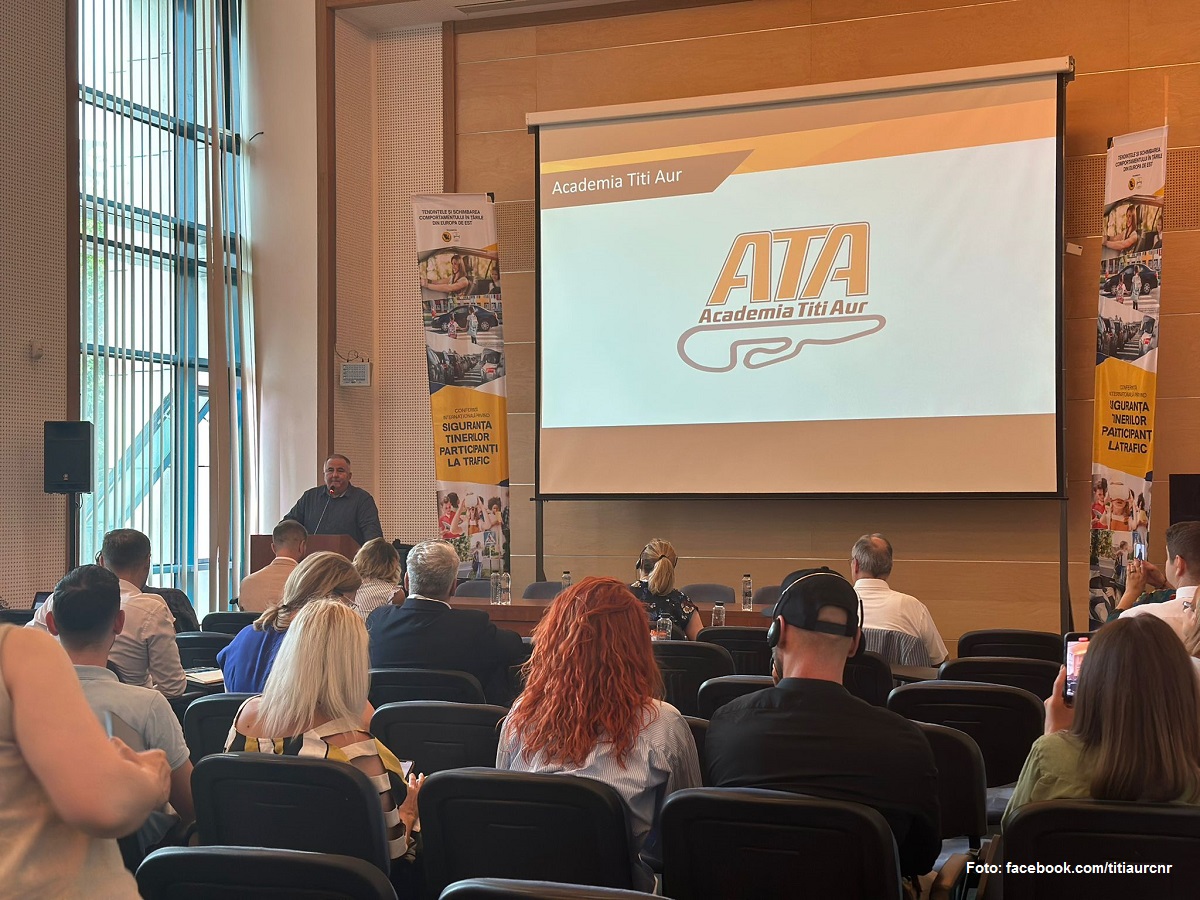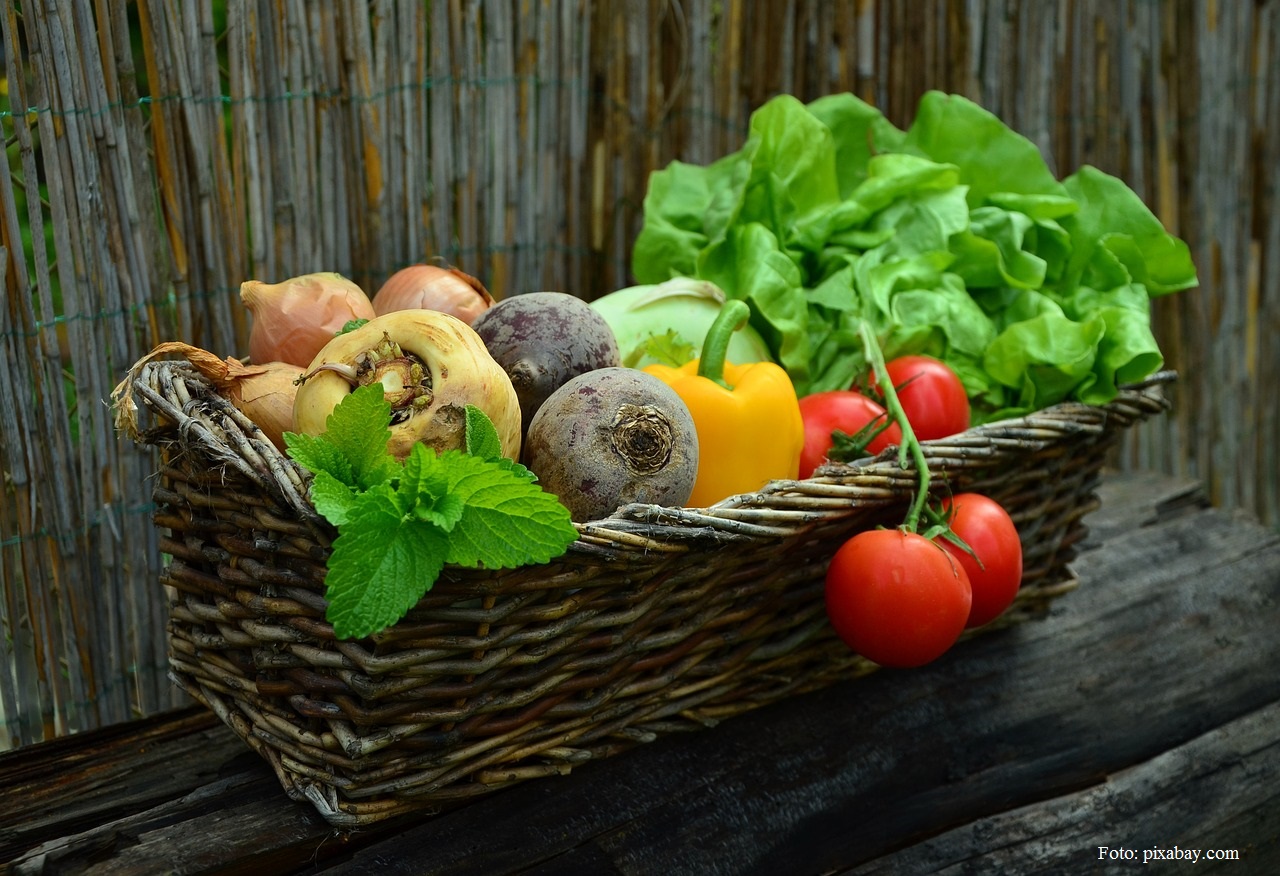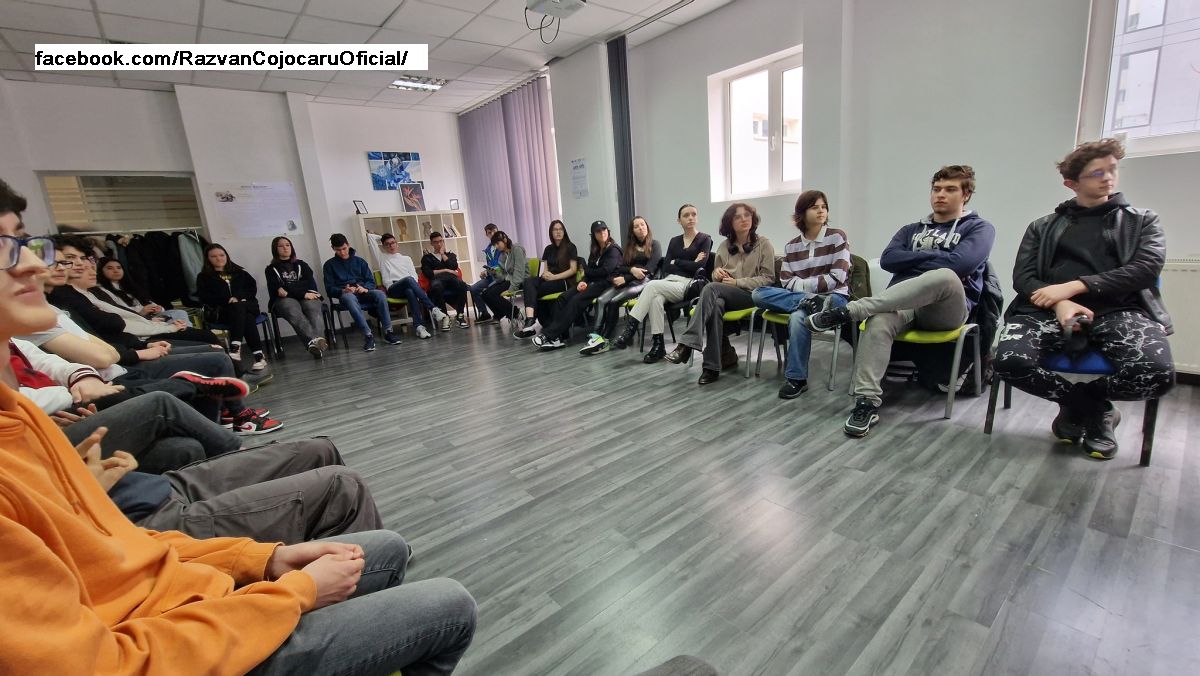Reminiscing about Christmases past
Winter holiday traditions are presented every year at the Dimitrie Gusti National Village Museum in Bucharest

Ana-Maria Cononovici, 12.12.2023, 12:13
The taste of winter holidays, with carollers, traditional dishes and the warmth of old stoves, is recreated year after year at the “Dimitrie Gusti” National Village Museum in Bucharest. And because the first snow this winter has already fallen in the capital city, we checked in to see what the Museum has in store for us this year. Here is museum curator Eugen Ion, with details:
Eugen Ion: “This seasons Customs and Traditions Festival, which we organise every year, took place on the 9th and 10th of December, with caroller parades held on the museum alleys and of course a fair of traditional craftsmen, which is also a regular feature in all the events that our museum hosts.”
We asked Eugen Ion where the carollers came from this year:
Eugen Ion: “There were several regions, we had carollers coming from Focşani, Suceava, Bistriţa Năsăud, Sighetul Marmaţiei, Mureş, Teleorman, from many parts of the country. Each caroller group comes with their own accessories. For instance, we have the Bears of Preuteşti, Suceava, who come in bear costumes, we have the Watchmen of Dolheşti, also in Suceava County, who perform in unique costumes reminding of the guards of the old times, the Cununiţa Group from Bistriţa Năsăud, who come dressed in traditional outfits, and other caroller groups from other parts of the country. Basically we recreate the traditions preserved in those areas. A lot of guests visit the fair, and because this year it has snowed already, it was truly dream-like.”
Cununiţa Group from Ilva Mare, in Bistriţa-Năsăud County, presented a folk theatre play: “Belciugarii” or the Goat Dance. The plot is based on the most common occupation in the region, which is sheep breeding. On Christmas Eve, the group of carollers go from door to door and delight villagers with this ancient tradition. The characters are the shepherd, which takes care of the goats, and the bear that tries to attack the herds. There is also a flute and clarinet player. The group is made up of 20 people, performers and carollers.
Coming from Tulcea is the group of “Moşoaie” (midwives) who perform carols accompanied by the bells worn by carollers on their footwear. They also wear masks made of painted pumpkins, designed to chase away evil spirits. And since a lot of Turkish and Tatar ethnics live in the region as well, on the Moşoaie Festival the tradition has it for the Turks to welcome the Moşoaie in their homes and for the Romanian locals to make “baklava”, a typically Turkish dessert.
In the villages of Bukovina, masked carollers go around in groups comprising a number of different characters: the bear, goat, deer, horses, the devils, the doctors, and so on. The bear dance is a New Years tradition specific to the eastern part of the country, Moldavia. The bear is played by a young man who wears animal fur adorned with red tassels on his head and shoulders. He is accompanied by the bear leader, followed by musicians and by an entire group of other characters, including a child who plays the bear cub. In the beat of drums and the sound of flute, the bear grunts and stomps the ground, mimicking the slow steps of a real bear. The custom is believed to purify the ground and make it fertile for the new year, and is believed to be rooted in an ancient Thracian cult.
This year, the “Dimitrie Gusti” National Village Museum is also hosting a Carolling Workshop. Eugen Ion gave us more details:
Eugen Ion: “The carolling workshop is organised by Naomi Guttman, a graduate of the University of Theatre and Film Arts in Bucharest. Children are taught how to play carols on traditional musical instruments, and there are two age groups, one for 7-11 year-olds and the other one for teenagers aged 12 to 15.”
We also asked museum curator Eugen Ion why it is important to educate children about traditional Romanian carols:
Eugen Ion: “They are a core part of Romanian culture. These are very old traditions, even older than the rise of Christianity in our part of the world. Basically, it is the very essence of the Romanian nation, and it is vital for us to preserve this essence. We are also conducting a campaign these days to collect presents for children in special care centres. The campaign is called “Paving the way for good deeds,” and will end on the 20th December. People interested in donating new clothes and toys may come to our special area designated for donations.”
On New Years, in traditional households and in urban communities alike, the tradition of going door to door performing old songs and dances like Sorcova, Pluguşorul, the Goat or the Bear Dance is still preserved. “Pluguşorul” and the “Sorcova”, performed on New Years Day, are believed to bring prosperity and wealth for the hosts, while those who would not welcome the carollers during the winter holidays are said to be in for a bad year, with difficulties and poverty. (AMP)






























